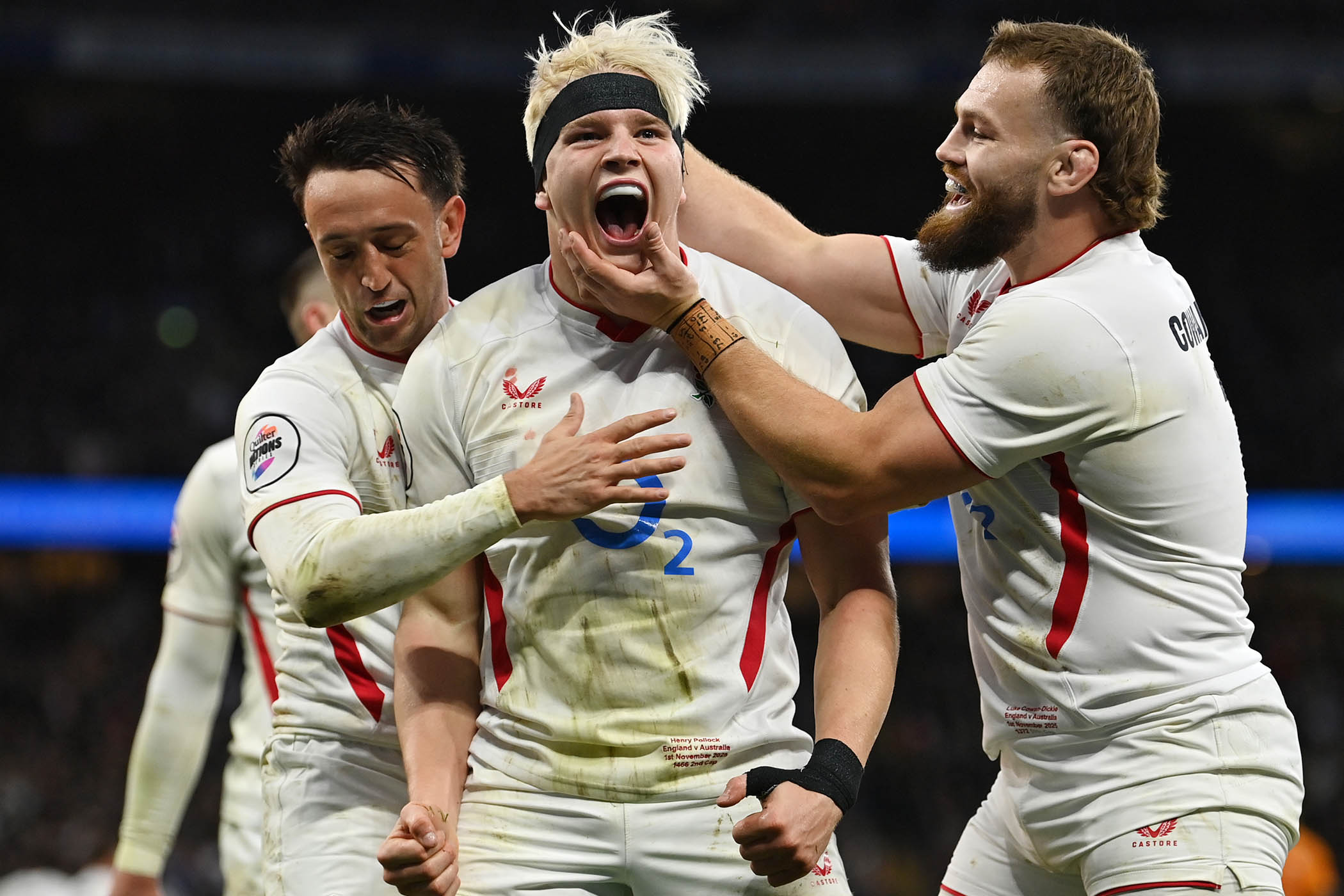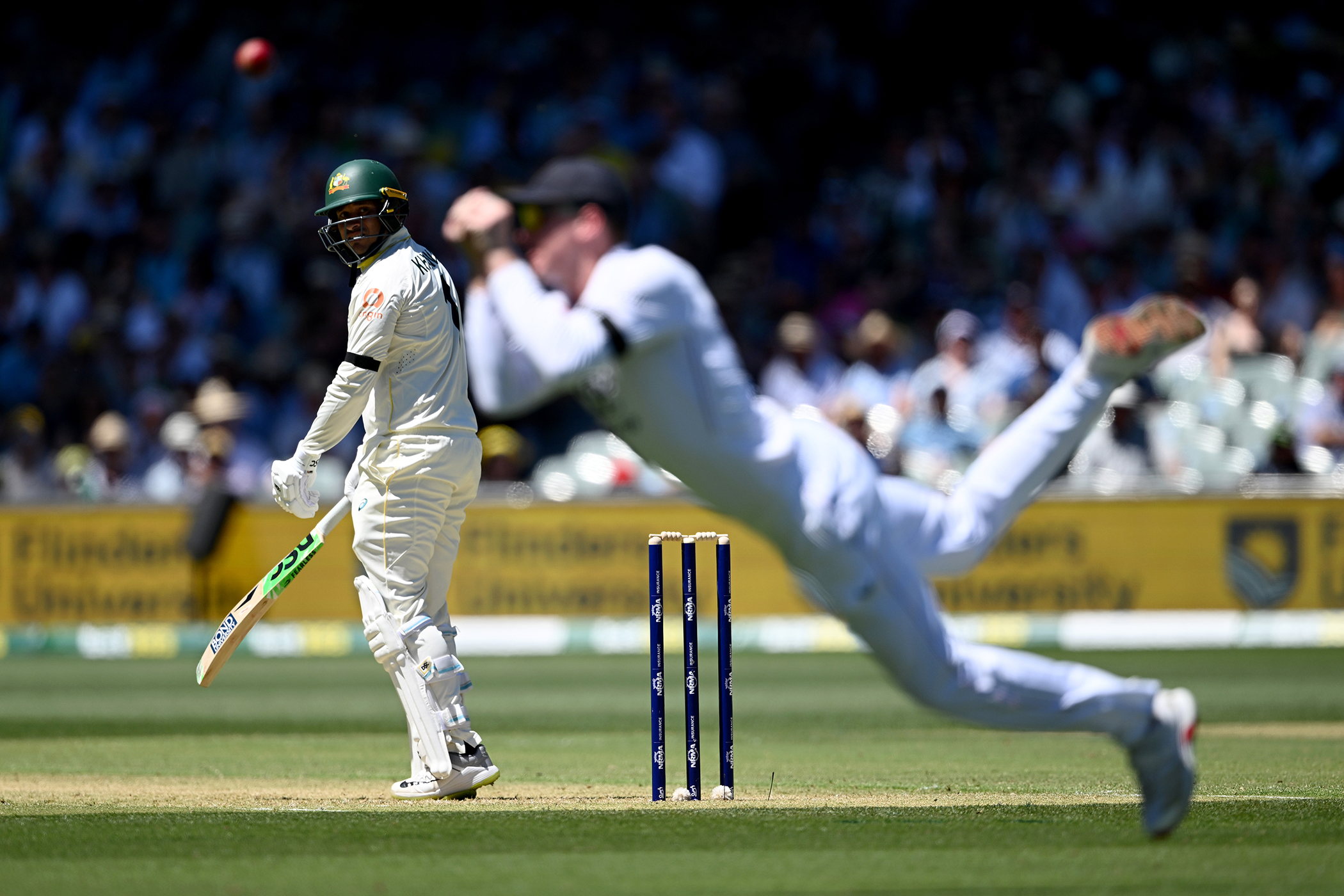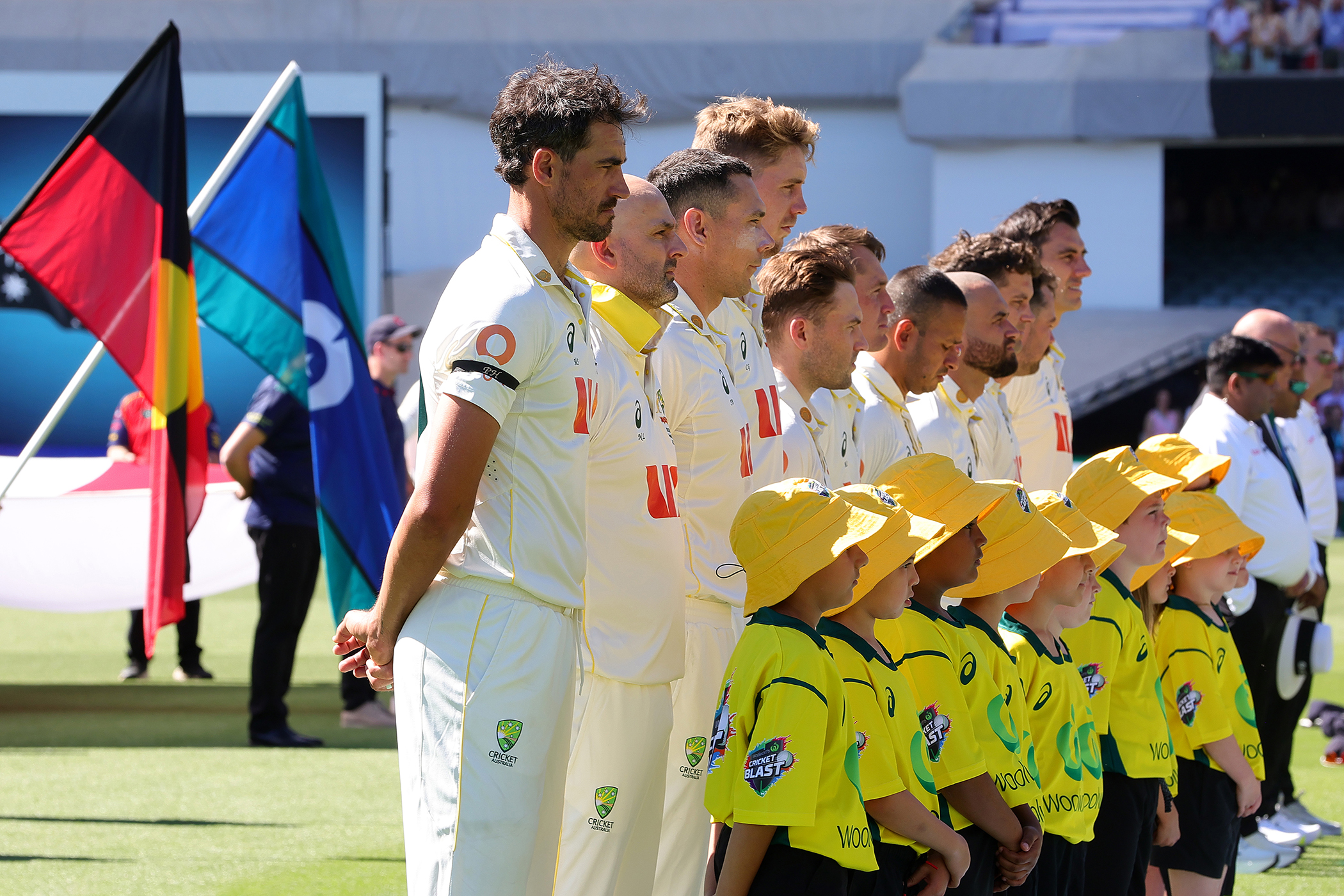A media session with Steve Borthwick can normally last about half an hour. Typically the England head coach is earnest, self-deprecating, occasionally pausing before he responds to a question, picking his words carefully. There is also likely to be a moment where, sensing an opening, Borthwick will pull back the curtain and provide a particularly revealing comment. That certainly happened on Tuesday.
“I want them to play in a way that is fast and aggressive with the ball,” Borthwick said of his side. Then came an admission. “It is not a team that has huge size – it is a team that can run. I’m seeing a team that is better conditioned now, and a team that can run harder now.”
It was a glaring missed opportunity to reference Bruce Springsteen and how this England side are born to run, but you get the idea. This is not a side with the towering height and size of South Africa.
There was an adjective missing from that earlier description of Borthwick: pragmatic. When he took over at the start of 2023, a last-minute coaching change by England with the Eddie Jones era flaming out spectacularly, Borthwick recognised that time was against him to instigate a dramatic overhaul and therefore stuck to the basics: set-piece, kicking, defence. Playing with width and flair? That could come later.
And yes, England encountered numerous bumps on the road to that year’s World Cup – a record-setting defeat at home by France, losing to Fiji for the first time – when push came to shove at the World Cup they played tight, controlled rugby and lost their semi-final to eventual champions South Africa by a point. Limited, yes, but effective, making the most of their cast of bulky lock-flanker hybrid players in Maro Itoje, Ollie Chessum, George Martin and Courtney Lawes.
Related articles:
The fast-moving England team the head coach wants to build now could not be more different, but that style is built around the kind of players Borthwick has available, playing to their strengths.
We first glimpsed this version at the back end of the Six Nations in the routs of Italy and then Wales, scoring 17 tries inside a week. Then without 15 of their leading players – they were away on the British & Irish Lions tour – England took that intent to Argentina in the summer, with Lee Blackett installed temporarily as attack coach, and won the series 2-0 playing a faster, more enterprising brand of rugby than we have seen from them before.
To revisit Borthwick’s point about the lack of size, perhaps it feels like such a refreshing admission because it is so at odds with previous incarnations of this England side, when there seemed to be a clear focus on mauling and kicking opponents to death.
The 2003 World Cup-winning team had lethal finishers and could certainly play, no question, but the core of their success was up front in the trenches, built around power. England still need that level of force to be competitive, but this is not a side with the right personnel – with Martin injured and Lawes retired from Tests – to play solely that way.
The England sides that Borthwick led as captain at the back end of the 2000s were a tough watch. Therefore to see an England side under Borthwick’s tutelage evolve from stressing set-piece dominance above all else into preaching an all-court attack, utilising their power runners in the back row and the pace of their options out wide – or in the case of Tommy Freeman, the 6ft 4in back usually found in the wing, at outside centre – is all rather exciting.
Although, you still need to see it to believe it. Part of Borthwick’s pragmatic approach is a willingness to tweak his selection depending on the opposition and conditions.
Can you attack the way England want to with Freddie Steward, a noted high-ball specialist, at full-back? Or if the heavens open? Australia, victorious over England here last year in such dramatic fashion with Max Jorgensen’s late try, arguably posed the sternest test to England’s new enterprising approach so far.
The England pack may not be the biggest but their backs can tower over plenty of sides. By selecting the 6ft 2in Tom Roebuck on the wing and the 6ft 5in Steward at full-back, England had the height in their back three to win the aerial battle with the Wallabies. In fact, the foundation of Ben Earl’s opening try – Roebuck winning the ball back from an Alex Mitchell box-kick – was straight out of the playbook of Borthwick’s counterpart Joe Schmidt. Roebuck was at it again later, slapping the ball back for Henry Pollock’s try.
Fine-tuning your attack when building a side is often the final piece of the puzzle, because it is the hardest part to master. There were signs of that here, the rust which Borthwick had hinted would be an issue after only four training sessions heading into yesterday being clear to see. Twice England were held up over the line in the first half, with some remarkable defence the second time by Harry Potter thwarting Earl.
Potter’s intercept try two minutes later was created by an errant Fraser Dingwall pass as England pressed to finish in the corner. You can forgive Tom Curry for having a few cobwebs, playing his first game since the Lions tour following his wrist surgery, but his pass into touch added to the collection of missed opportunities. Fix those lapses and England would have won this by an even more comfortable margin than 18 points.
By the time New Zealand arrive in two weeks, England will hope to have their artillery fully firing. Fading in the final quarter had been an issue but by loading six Lions on to the bench, they only grew stronger.
That is now eight Test wins in a row dating back to the second game of the Six Nations. The current version of England may be built to play hard and fast, but if they need to hoist the ball in the air and dominate the skies? Or squeeze the life out of opponents through their set-piece?
Well, they can win that way too.
Photograph by Patrick Khachfe – RFU/The RFU Collection via Getty Images


